Ok, defensive much ![]()
You seem to have taken my post as some sort of personal attack. Not the intention at all.
Ian
BMFin 0
QuoteOk, defensive much
You seem to have taken my post as some sort of personal attack. Not the intention at all.
Ian
No offence taken at all. Dont worry.
I just needed to correct your interpretation of my 1st post as you seemed to have misunderstood the point of it..
mdrejhon 8
You mean lighter (initial) pressure on the front risers?QuoteQuote
Try to explain why do you need step 1 before step 2!
I don't think this is necessary, but sometimes helpful for bigger canopies as after realising deep brakes the pressure within the canopy is less, thus lighter (initial) pressure on toggles[?] is needed.
Not necessary but helpful. Also going on brakes (not deep) during approach give more flexibility (landing set up) - that what I would think of.
That's what I have been told, since my front riser pressure on my Sabre 170 is very intense. By going into brakes, releasing brakes (not too quick), and then grabbing the front risers while the canopy is diving. It's easier to pull down the front risers this way.
(Double fronts here only -- no turns yet.)
Chrisky 0
I used to make longer 90 deg. carve approaches to build up speed, but the above described double fronts>turn by letting 1 front up>finalize in double fronts has me coming in with higher speeds in a more controlled and safer fashion (as I can abort the turn higher than in a carve-to-final setup if need be). It also sets the initialization altitude higher as I tend to burn more alti like this.
Added bonus: If you sharpen your turn inadvertedly, you've still got a bit more margin before getting in the corner. Flying out of your turns in double fronts is a good thing to do for me.
From the edge you just see more.
... Not every Swooper hooks & not every Hooker swoops ...
hparrish 0
I do this to slow down my forward speed prior to my turn. It also allows me to keep my canopy in a dive longer, since the JVX has higher front riser pressure than some other cross braced canopies.
It works for me, not necessarily for everyone else or every canopy type.
Luigi also jumps the Icarus and Dadelus line, so it makes sense that he uses this approach.
QuoteIt also allows me to keep my canopy in a dive longer
No sh1t. Somehow you have get the difference between your braked speed and full glide speed back, that might take time too...
Pulse 0
QuoteI do this to slow down my forward speed prior to my turn. It also allows me to keep my canopy in a dive longer, since the JVX has higher front riser pressure than some other cross braced canopies.
So you can keep your canopy in a dive longer but the dive needs to be longer because you have more speed to make up. To me this sounds like it allows for a higher initiation altitude but you would be commited to a certain amount of dive because you would be slow. Granted, you're making the speed up quickly. But it's possible that you would still be slower than full glide.
This must be one of those personal preference things. I can't see starting from a braked position when I can maintain a dive comfortably with riser and harness.
BMFin 0
However, I do think that flying setup on brakes makes it much easier for you to get to your setup point exactly at the altitude you want to. You have more time to look around for any traffic, and should anything occur that suggests you would better abort, you would have more time noticing it. Also other swoopers (hopefully swoopers are the only other people occupying the same landing area) are able to see more easilly at wich point of set up you are at the moment.
QuoteSo you can keep your canopy in a dive longer but the dive needs to be longer because you have more speed to make up. To me this sounds like it allows for a higher initiation altitude but you would be commited to a certain amount of dive because you would be slow. Granted, you're making the speed up quickly. But it's possible that you would still be slower than full glide.
An interesting note: A friend of mine did some stuff with a datalogger and gps - after much discussion with me about braked approach to double fronts (he, at the time was a full flight proponent). His experiments yieled a higher speed, consistently, over a full flight approach. In the full flight approach, while his max speed was close to that of the double front approach max speed, he was anywhere from 5-10mph slower on average
The only caveat to this is that the pilot must allow enough time during the surge, and the double fronts, to allow for their speed to pass what it would have been in full flight BEFORE initiating their roll.
In summary, over the course of 20 jumps (10 using braked to doubles, and 10 using full flight) we found we were able to hit 'max' speed more consistently using the double approach. There is a reason for that, but it's hard to explain in text.
Blues,
Ian
hparrish 0
1.) I think that pilots with less front riser pressure than a JVX, lets say a Velo............Yes its personal preference. But for my canopy necessary, or the front riser pressure will pull me out of my rotation too early. This is the only technique that gives me consistancy, and I've tried many things.
2.) Starting my turn at Full Glide and a lower altitude is not what I want. If not executed perfectly every time it gives me fewer outs. And I agree with Ian...........Less Speed.
3.) Yes starting half breaks to double fronts does mean I have to build the speed back up, but the extra altitude gives me more outs and provides a greater margin for error.
4.) I start my 270 at 800 feet, Half Breaks to Double Fronts. Harnes Turn input while slowly letting up on my outside front riser. This keeps me in a LONG, Slow Carve that builds up allot of speed, and sling shots me through my recovery arc, which I am through at about 15 feet above the ground,
It just works the best for me and my canopy type.
Pulse 0
Aaaaah, I didn't realize WHEN you were making the turn. So from a safety perspective, you're not far from under your canopy while you are still slow. Interesting. Too bad it's so late in the season, I'd l would be up for playing with this technique.


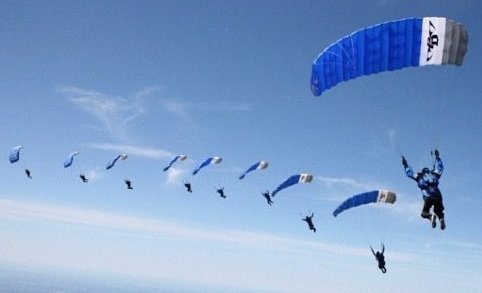
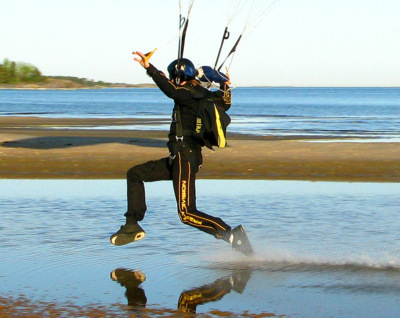
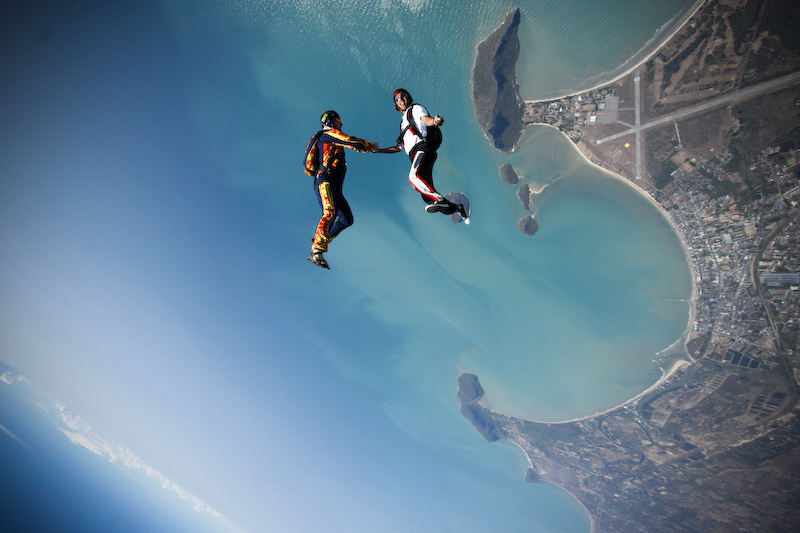
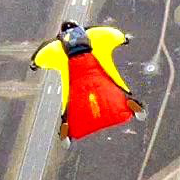
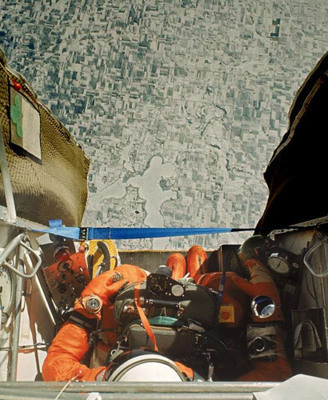
So I gather this may not be the best technique for me at my WL. Great.
On the subject of coaching and mentoring: I jump at a single Cessna DZ, and I have a few guys who watch my landings and give advice, but no one I really feel is a good HP coach. I am working on getting to some larger DZs next year to get some more in depth advice from established coaches.
[edit] I will say one thing I think Lugi emphasized that everyone understood, the importance of accuracy and consistency. Be at the right point at the right height, then do your maneuver in a consistent way. Lugi liked audibles as an aid for this, but I don't want to start into that, esp for someone at my exp level[edit]
Share this post
Link to post
Share on other sites